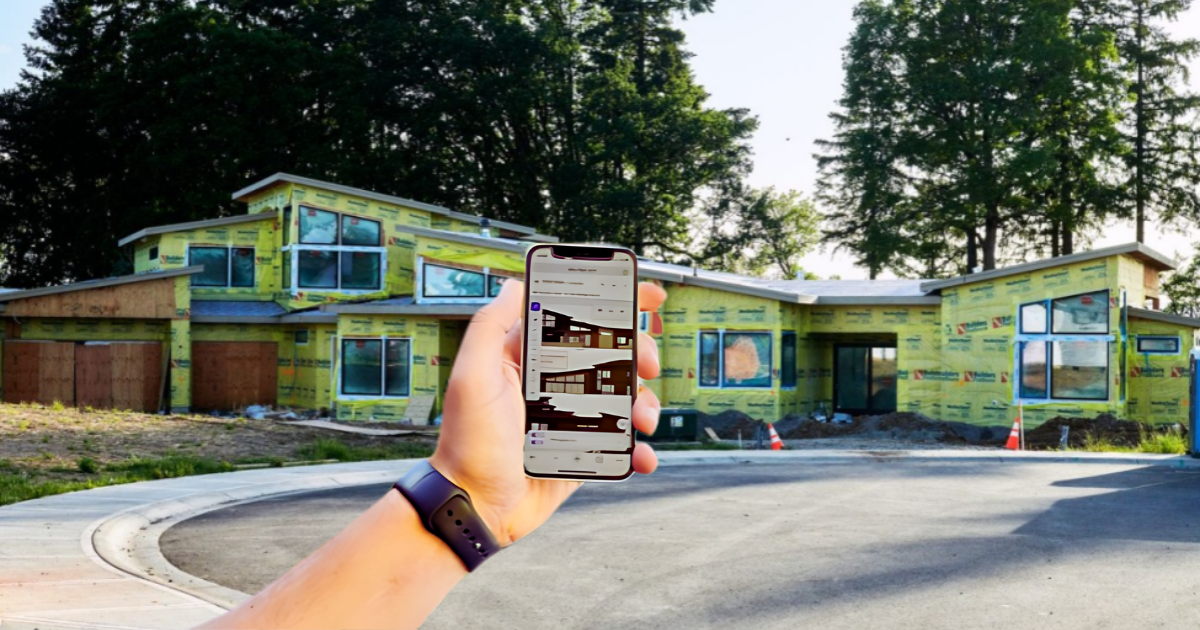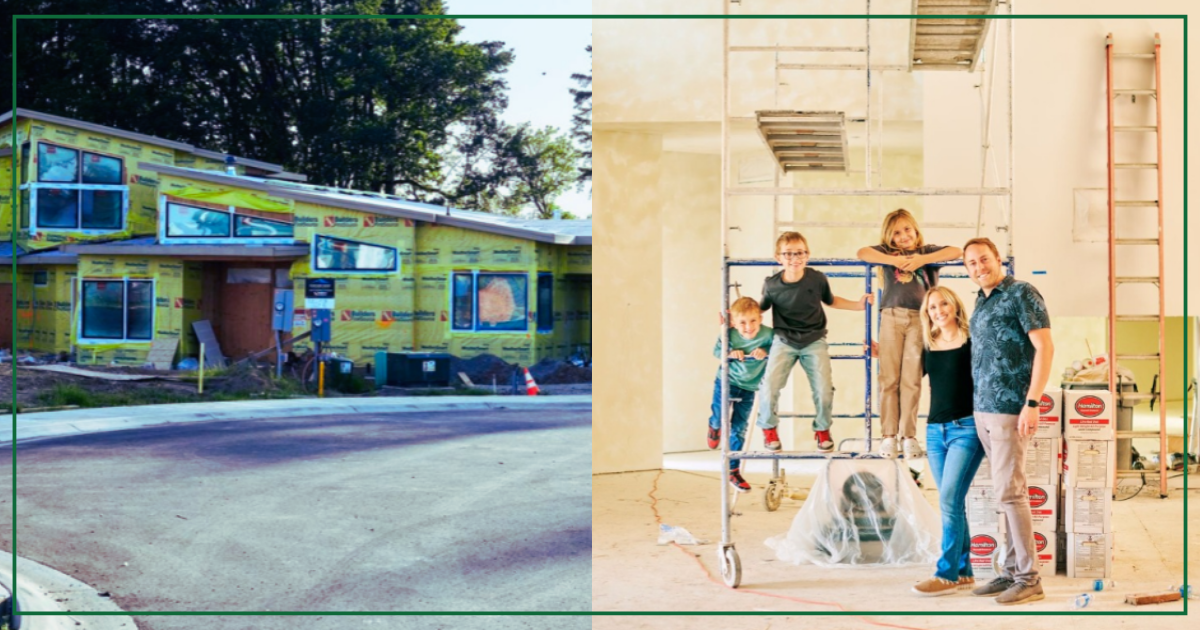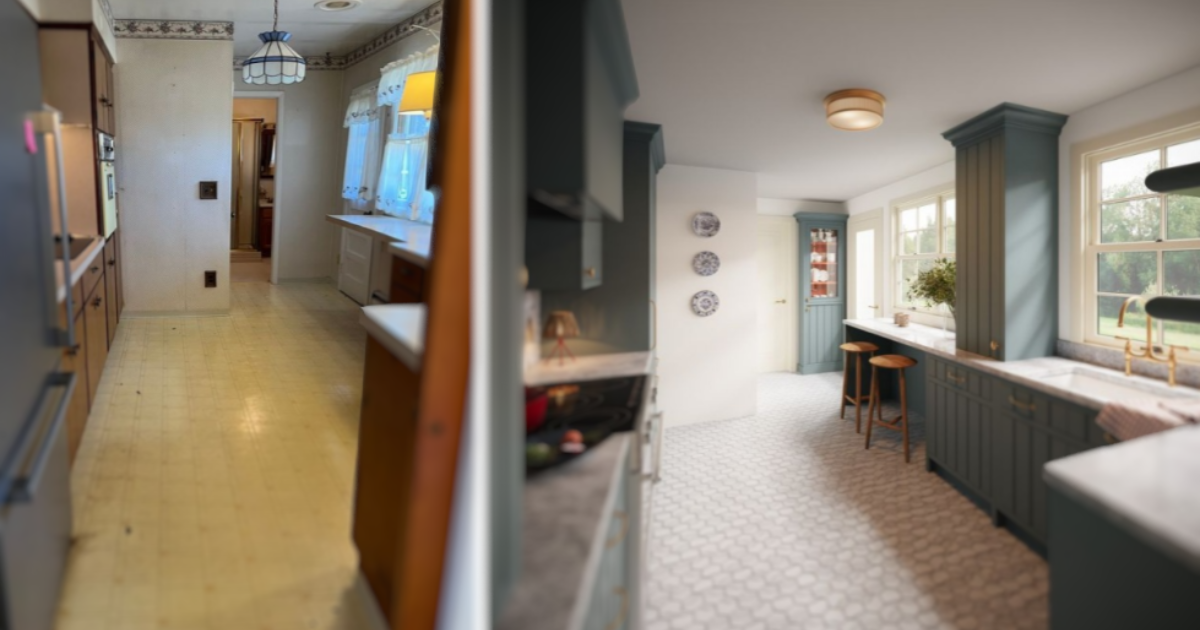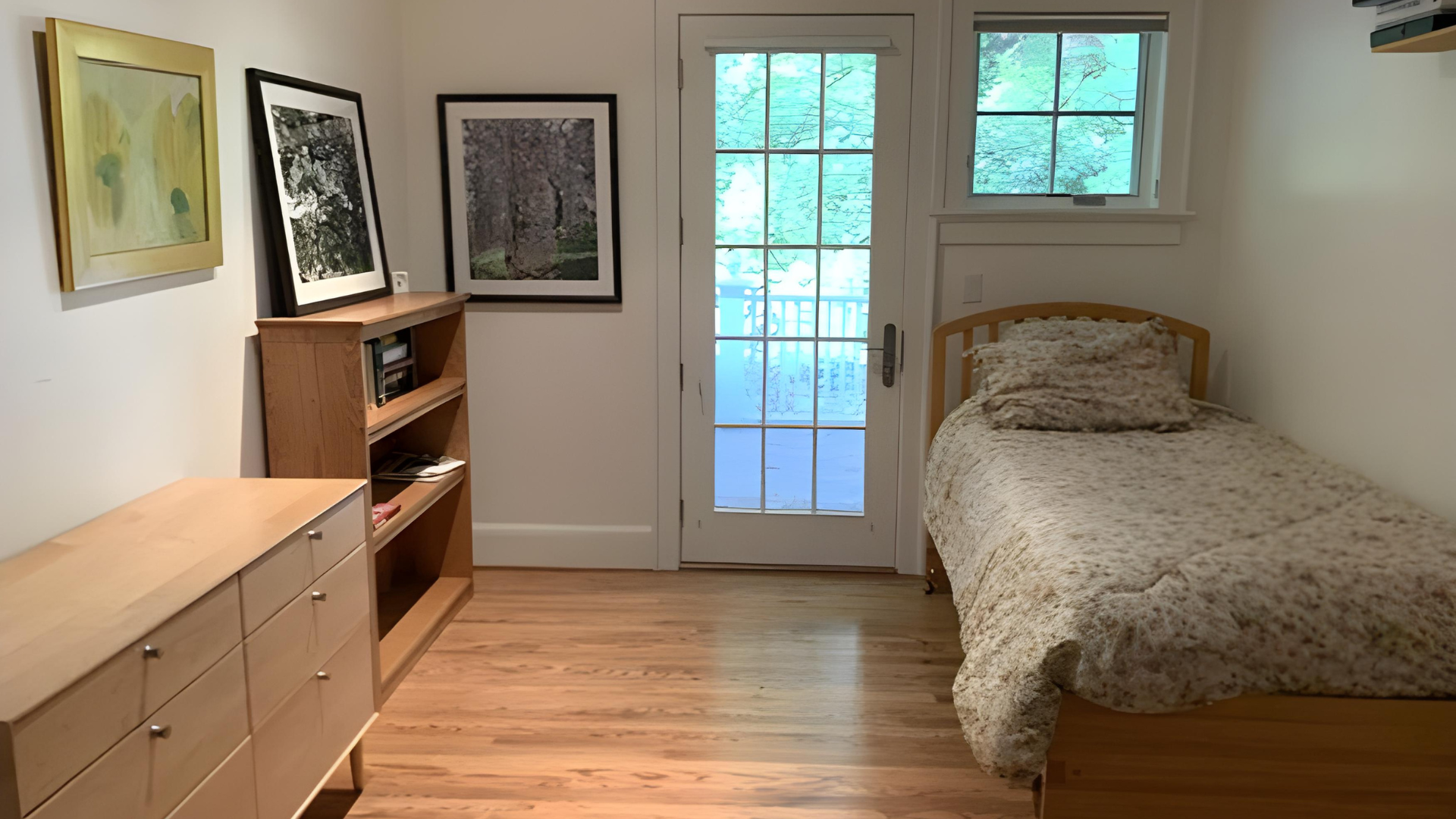How AI Saved Thousands in 2023 Home Renovations


Midway through constructing their new five-bedroom, 5,800-square-foot home in Vancouver, Wash., Kyle Loucks’ wife decided to add a sports court.
Initially, he freaked out. “One little decision, like ‘let’s put a hoop here,’ can change everything,” says Loucks, 37, a former Meta engineer and founder of the joint-rolling technology company RollPros.
Using new AI software called Digs on his laptop, he initially placed a box in the backyard within the house. Realizing it wouldn’t fit well, he moved it to the driveway. Within minutes, his contractor, alerted by Digs about the change, confirmed that the dimensions would work and notified the concrete team before they started the pour, and to see if they had any thoughts on where to put holes for a pickleball net. The landscape designer suggested adding a couple of trees nearby to help it blend in, and the lighting subcontractor advised on how a flood light would affect the high-voltage plan.

“It helped avoid human error and miscommunication,” says Loucks, whose home is estimated to cost around $2.2 million and is scheduled for completion in October.
Homeowners are exploring with a surge of new artificial intelligence applications to swiftly visualize various layout and style ideas, coordinate with builders and designers and estimate costs. These innovative tools claim to save time and money in the building and renovation process, which has traditionally been burdened with numerous decisions and an overwhelming amount of paperwork, often leading to extended projects and escalated costs.

There are now numerous AI applications related to home construction, design and renovation, most of which have emerged in the past two years.
“There appears to be a new one every day,” says Patrick O’Toole, publisher of Qualified Remodeler. In March 2023 survey of its 83,000 readers found that approximately half having tried generative AI tools.
Some applications, such as Renovate AI, emphasize visualization. Users can generate images to see how different design ideas might appear by uploading photos or drawings of their rooms. They can choose styles like “rustic farmhouse” or instruct the tool to adjust specific elements such as paint colors, lighting, furniture or the style of the cabinets.
Analysts say the demand for new tools is partly due to the state of the housing market. The decline in construction of new houses, combined with a rapid increase in interest rates over the past two years leading to higher mortgage rates, has resulted in many people staying and fixing or adding into their homes. According to Harvard’s Joint Center for Housing Studies, spending on DIY projects surged by 44% from 2019 to 2021.
The new application provides homeowners with a means of gaining control over what can be a dizzying, complex and opaque process, though they do come with their own risks.
Jess Sandlin requested ChatGPT to create an image of a modern living room featuring a black fireplace and a large brass mantle, but the application was unable to produce a brass mantle. ILLUSTRATION: DALL 3/OPENAI

The Interior of the home in Austin, Texas, that Jess Sandlin is remodeling with the assistance of artificial intelligence applications. PHOTO: ALLIE LEEPSON + JESSE MCCLARY
Jess Sandlin, 38, is collaborating with an architect and designer to renovate a 9,000-square-foot home that she and her boyfriend purchased in Austin, Texas, for $2.5 million. Additionally, she is utilizing an app called Remodel Al and ChatGPT to explore various possibilities and to generate images she can present, given that her vocabulary doesn’t include technical architectural terms.
“I wanted to understand my own style better and gain more knowledge so that I wouldn’t just end up their style,” says Sandlin, executive director of Word Playground, a nonprofit that teaches children literacy.
As she experimented with various prompts to refine her design sensibilities, Remodel AI generated hundreds of options, some even featuring furniture on the ceiling and the walls. She desired an indoor play area for her four sons, 5 years old to 13 years old, complete with multiple layers of hammocks, a zip line and net. However, the app couldn’t accommodate this request. “It had no idea what I was talking about. It could not compute,” she says.
Dirk Morris, founder and CEO of Reimage AI, the company behind the Remodel Al app, which costs $10 a month or $50 a year, says Sandlin might have been using the wrong tool: Sometimes users attempt to utilize the standard interior remodel tool for extensive structural changes, he says.
Even when Sandlin successfully generated exactly what she wanted, she encountered human roadblocks. When she presented her architect with Al-generated photos of a bronze fireplace with a brass mantle, “they rolled their eyes at me,” she says. Eventually, her designer agreed to the bronze.
While AI tools have traditionally been aimed at professionals, newer applications are now allowing laypeople to participate, says Michael Anschel, a principal at Minneapolis-based OA Design and Build Architecture.
However, he says the tools are not yet refined enough. For instance, when Anschel asked Renovate AI to generate a kitchen with hand-scraped stone countertops and paisley wallpaper, the result of the image showed stainless steel countertops and paisley wallpaper on the cabinets and the ceiling.
Other professionals have expressed concern about dealing with design ideas from clients that may not be possible based on AI-generated images. “It could be super frustrating,” says Daniel Kaven of William Kaven Architecture.
Laura Bindloss, 38, founder of social media and public relations agency Nylon Consulting, has renovated several homes but she had never utilized AI until her most recent project: a 2,000-square-foot house she purchased in March for $575,000 in Bellport, N-Y. Bindloss, who plans to live in the house on weekends and rent it out, aimed to spend around $200,000, in total, with $55,000 allocated to the kitchen alone. She wanted the project completed quickly to start renting it out this summer.
“I’d heard about it as a visualization tool, but it didn’t seem that useful,” she says. When she hired cabinetmaker Isla Porter to design the kitchen, she discovered that the company was using Al provider Skipp, which can transform a phone scan into detailed renovation plans, including renderings, materials and construction documents. The first step involves taking a 3-D scan of the space with her iPad. She then answered a 40-question survey, with inquiries such as “where do most meals happen” and “what do you like most and least about your current kitchen.”
The Al used her scan and survey responses to generate hundreds of floor plan options within minutes. Isla Porter’s designers then manually edited these plans, significantly reducing the time it would have taken if they had to process the survey results without the technology, says Sharon Dranko, Isla Porter’s founder. Bindloss then selected from the three options recommended by Isla Porter, choosing materials and finishes within the program to see how everything would look. The kitchen design plan was finalized in two weeks, says Bindloss.

Dranko says that even though the AI’s measurements are typically 98% accurate, it remains essential to have a human designer to verify everything. Al can also misinterpret sometimes when it comes to understanding living patterns, which affects how kitchen usage should influence the design, she says. Dranko mentions that she is continually inputting new information, such as colors and fabrics, to enhance a more useful ability in finding the right style and look for her clients.
The concept of using AI for his home renovations occurred to Kade Boverhof while he was considering potential floor plans for the renovation of a 1,900-square-foot house he purchased in Grand Rapids, Mich., for $150,000.
Boverhof, 31, wanted to create a floor plan for the house that included all the different ideas he had come up with in previous renovation projects using CAD software. He figured there had to be an AI program that could do this.
After searching on Google and consulting on Reddit to inquire what others were using, Boverhof came across an app in development called A- Space, which allowed him to use its tools for free in exchange for his feedback. He uploaded his existing blueprints, which included information on the location of load bearing walls, added some instructions hit generate. Boverhof chose the kitchen layout he preferred and then pressed the generate button again to view the options for the surrounding rooms.

Boverhof acknowledges that the results were not perfect. The app did not account local building codes for Grand Rapids, such as the required percentage of space for windows or doors. But he says he saved many hours and received new layout ideas that he could customized.

“It’s still in the early stage, but the possibilities are there,” he says.
Ryan Fink, CEO and co-founder of Digs, says that out of the 6,000 homes currently on its platform, half have homeowners participating. Builders currently pay $69 per user per month, while contractors, vendors and homeowners involved in the projects participate for free, he says.
Sid Sarasvati founded Renovate AI due to the challenges he faced with staging homes for sale. He says the app will keep getting better, letting users click on products to buy online, create budgets and connect with vendors. Launched in January 2023, it has some 15,000 subscribers now, 40% of whom are on a $10-a-week plan and 60% of whom are on a $40 annual plan.
Many AI application are designed to enhance speed and communication for homeowners collaborating with architects or designers. However, some applications, including A-Space, aim to democratize the process and reduce the need for architects by automating tasks such as filling in planning applications.
“We want to make architectural expertise accessible to everyone,” says Ziyad Mourad, co-founder of A-Space and CEO. The company plans to offer the app free to homeowners for a single project and for $50 a month to architects for unlimited use.
WSJ Evalutes an AI Remodeling Tool



Rashad Fakhouri, an architect at London-based Pilbrow & Partners, who is currently using A- Space for personal projects but not for work, he believed that AI will never replace architects due to the essential role of their aesthetics and their ability to troubleshoot throughout the process.
“We‘ll still be needed,” he says.
In five years, AI tools for home remodeling and construction will become more integrated, says Jose Luis Blanco, senior partner at McKinsey who leads the firm’s engineering and construction work in North America. “We are in the early stages,” he says.

Mike Rowe, of “Dirty Jobs” TV fame and a spokesman for AI provider Digs, agrees that the ongoing expansion of AI will democratize the home-building process. “It will put a lot of power in consumer hands,” he says.
Some homeowners report that these tools are already providing a significant advantage in managing their projects with the professionals.
“AI doesn’t talk back,” says Austin homeowner Sandlin.




